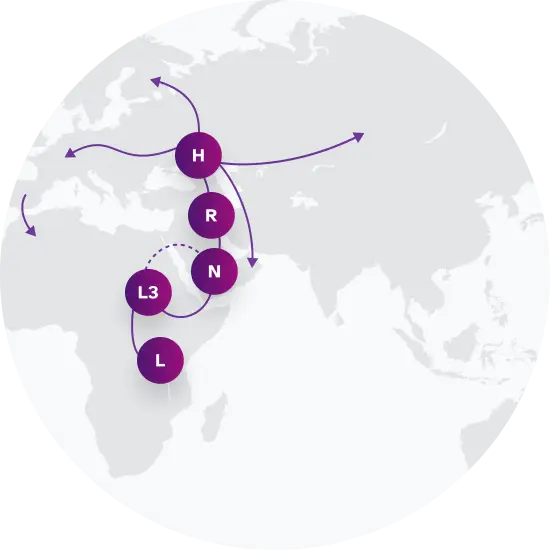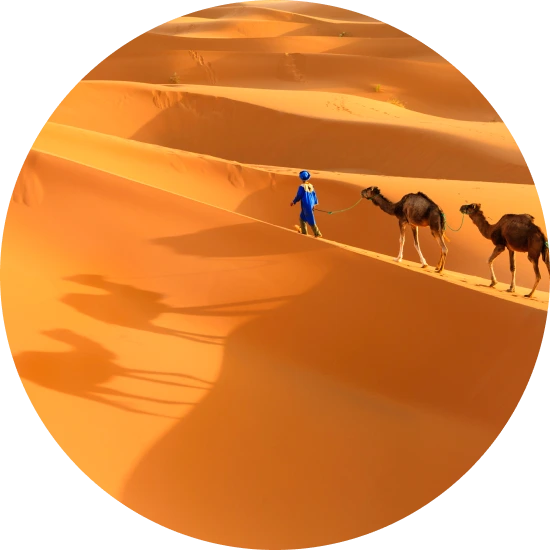Haplogroup H1a2
What is Maternal Haplogroup H1a2?
Haplogroup H1a2 is a genealogical group of lineages defined by unique genetic markers present in your mitochondrial DNA, which is transmitted from your mother. Your maternal haplogroup paints a picture of your ancient origins and the migrations of your ancestors. Although your maternal haplogroup reflects just one of your many ancestral lineages, it carries information about that lineage over tens of thousands of years.
Haplogroup H1a2 is descended from haplogroup H. Among 23andMe research participants, haplogroup H1a2 is commonly found among populations in Finland and the United Kingdom.
It's important to note that your haplogroup doesn't define your current ethnic identity; rather, it provides an insight into your deep ancestry on the maternal side.
 Maternal Haplogroup Origins H
Maternal Haplogroup Origins HTop Surnames with Haplogroup H1a2
For surnames with sufficient representation in the data, these percentages represent the frequency with which each surname is found in individuals exhibiting this genetic marker.
Haplogroup H1a2 is linked to the nomadic Tuareg of the Sahara
Though haplogroup H1 rarely reaches high frequencies beyond western Europe, over 60% of eastern Tuareg in Libya belong to haplogroup H1. The Tuareg call themselves the Imazghan, meaning “free people.” They are an isolated, semi-nomadic people who inhabit the West-Central Sahara and are known today for a distinctive dark blue turban worn by the men, and for their long history as gatekeepers of the desert.How did women carrying H1 make it all the way from western Europe to this isolated community? They likely migrated from Spain across the Strait of Gibraltar into Morocco after the Last Ice Age, where they were assimilated into the Berbers of the Mediterranean coast. Then, about 5,000 years ago, the Sahara shifted from a period of relative habitable conditions to its dramatically arid desert environment. This shift may have caused migrations throughout the Sahara, prompting the ancient Tuaregs to meet and mingle with the Berbers, bringing H1 lineages into their population.
 Women carry laundry in the Sahara, home to the Tuareg.
Women carry laundry in the Sahara, home to the Tuareg. 